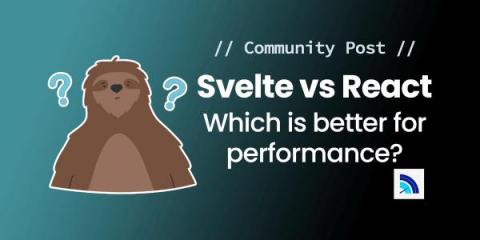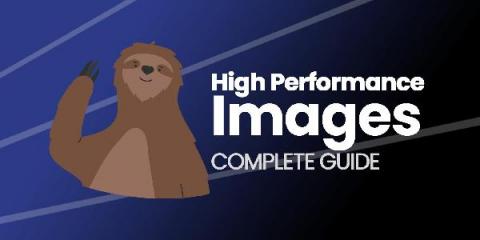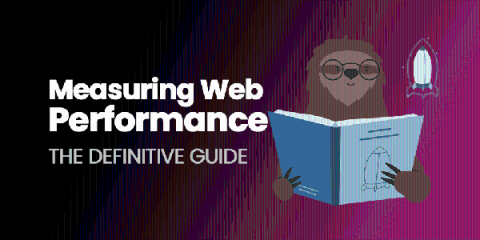Our Super Friendly AI Sloth that Analyzes Your Performance Data
Seems like everyone is building a ChatGPT thing right now, doesn’t it? Well we are too! Inspired by so many others, we decided to see what AI could do with our simplified analytics and observability data. Turns out, it can do quite a lot. I’m thrilled to share that we’ve shipped our first AI insights chatbot, Professor Sloth.











